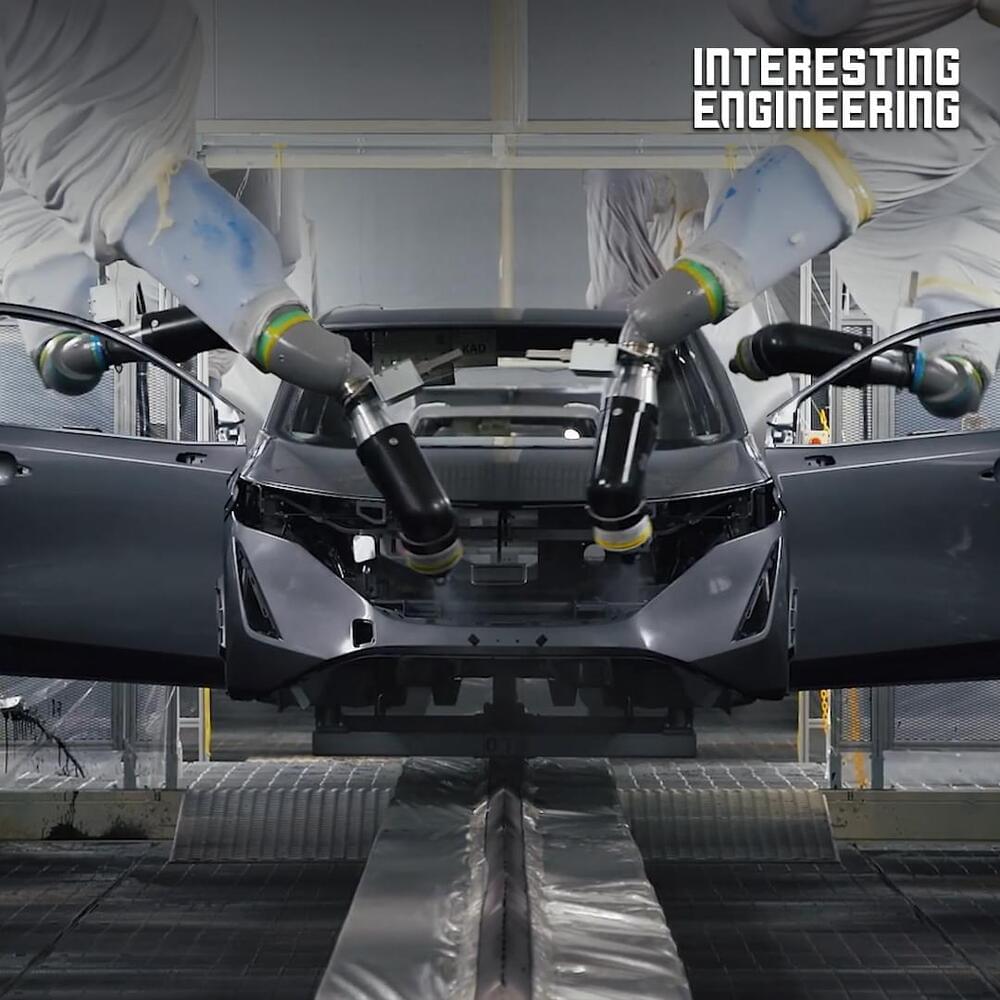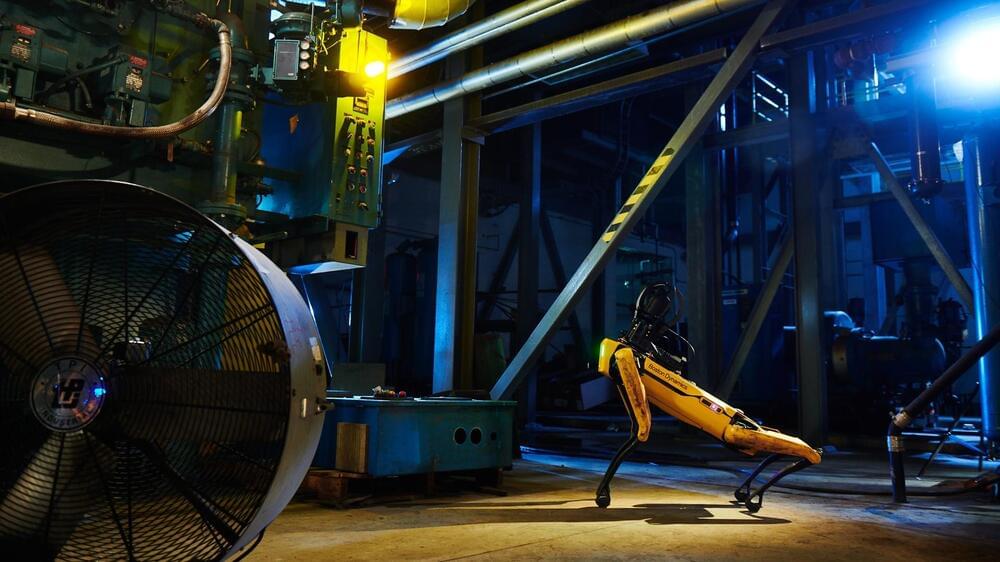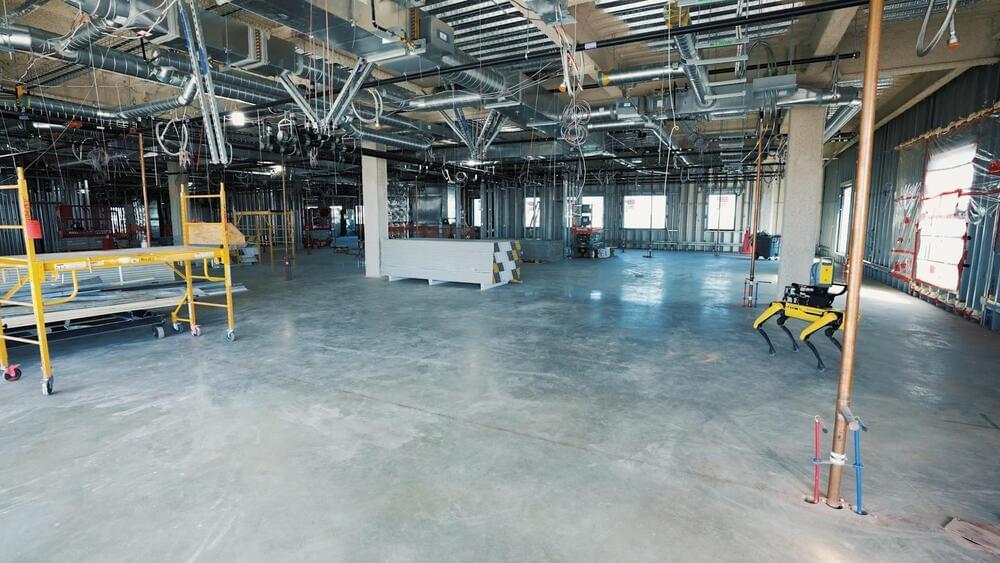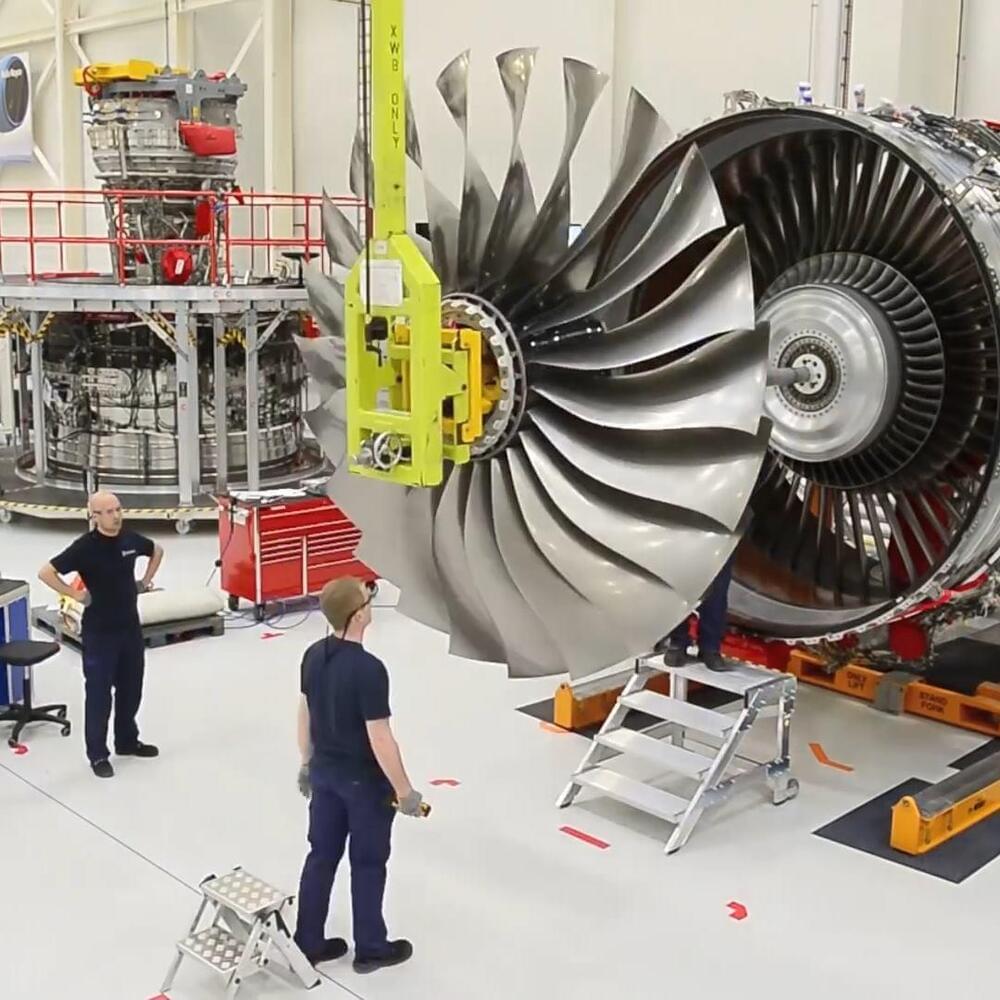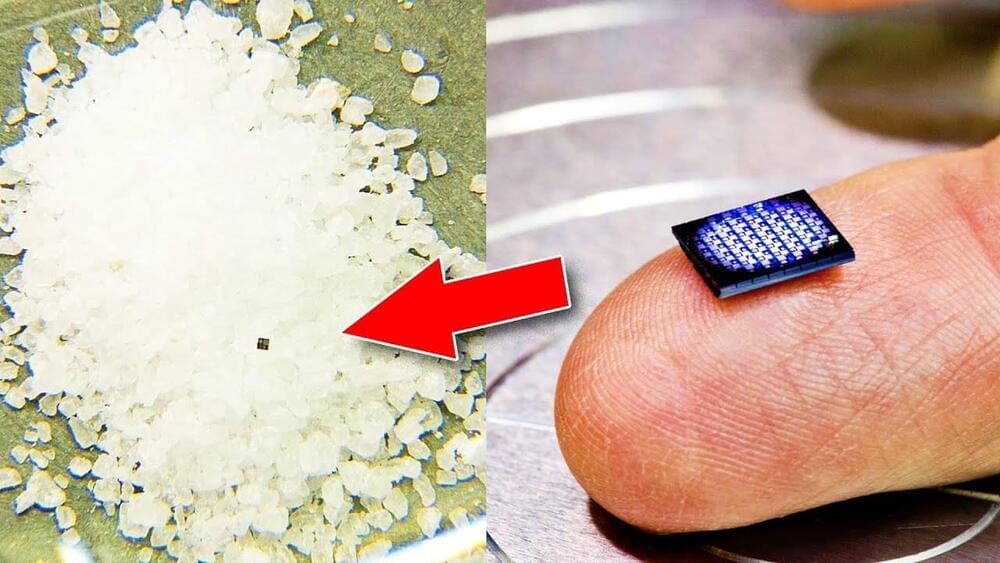#engineering.
Our brain processes faces of close others differently than faces of visually familiar individuals. While both types of faces activate similar visual areas, faces of close others activate areas involved in processing social and semantic information. Here, we used between-subject linear classifiers trained on hyperaligned brain data to investigate the neural code for visual and semantic information about familiar others. The identity of both visually and personally familiar faces could be decoded across participants from brain activity in visual areas. Instead, only the identity of personally familiar faces could be decoded in areas involved in social cognition. Our results suggest that individually distinctive information associated with familiar faces is embedded in a neural code that is shared across brains.
Processes evoked by seeing a personally familiar face encompass recognition of visual appearance and activation of social and person knowledge. Whereas visual appearance is the same for all viewers, social and person knowledge may be more idiosyncratic. Using between-subject multivariate decoding of hyperaligned functional magnetic resonance imaging data, we investigated whether representations of personally familiar faces in different parts of the distributed neural system for face perception are shared across individuals who know the same people. We found that the identities of both personally familiar and merely visually familiar faces were decoded accurately across brains in the core system for visual processing, but only the identities of personally familiar faces could be decoded across brains in the extended system for processing nonvisual information associated with faces.
Samsung’s next big product according to them seems to be a revolutionary neuromorphic computing chip which is attempting to enable Artificial Intelligence models to become as smart as humans. The top leading AI scientists are expecting for AI models to outpace the rate of moores law which means we’ll need to design new kinds of processors and computer chips beyond silicon. That’s where Samsung’s Brain of a Chip approach is supposed to help. It would be a chip that mimics the brain in terms of performance and power consumption which is called Neuromorphic chip design or computing and is believed to be the future of Artificial Intelligence.
If you enjoyed this video, please consider rating this video and subscribing to our channel for more frequent uploads. Thank you! smile
–
TIMESTAMPS:
00:00 Samsung’s new Path forward for AI
01:10 The History of AI-Hardware.
02:01 What are Neuromorphic Processors?
04:25 What could this enable?
06:40 So what’s the future of AI Computing?
09:06 Last Words.
–
#samsung #ai #chip
The Rise of actually real and useful Nanobots making use of the rapidly advancing miniaturization of robotics and microchips through companies such as TSMC, Intel and Samsung. These nanobots are soon going to enable things such as full dive virtual reality, healing diseases such as cancer and potentially even increasing the longevity up to 200 years. These tiny computer/robots will enter our bloodstream and cross the blood brain barrier to read and write similar to how Brain Computer Interfaces such as Neuralink currently work. The future of technology is looking really exciting.
If you enjoyed this video, please consider rating this video and subscribing to our channel for more frequent uploads. Thank you! smile
–
TIMESTAMPS:
00:00 Have we reached the Nanobot-Era?
02:51 The Applications of Nanobots.
04:26 All the types of BCI’s.
06:44 So, when will there be Nanobots?
09:13 Last Words.
–
#nanobots #ai #nanotechnology
Digital Storage Capabilities are about to increase 100x in the very near future with the biggest tech companies like Microsoft or Intel working on making DNA Storage a possibility and bringing it to consumers. This is being accomplished with advances in Artificial Intelligence models in combination with better understanding of Biotechnology. This is the future of storage technology and we may see petabytes of cheap storage in the form of AI very soon.
DNA digital data storage is the process of encoding and decoding binary data to and from synthesized strands of DNA Storage Technology.
–
If you enjoyed this video, please consider rating this video and subscribing to our channel for more frequent uploads. Thank you! smile
–
TIMESTAMPS:
00:00 Storage Today.
01:08 A new approach to Storage.
02:06 The difference between DNA and Storage.
04:30 When is the Future of Storage?
07:01 Microsoft’s Goal.
08:31 Last Words.
–
#dna #ai #storage
